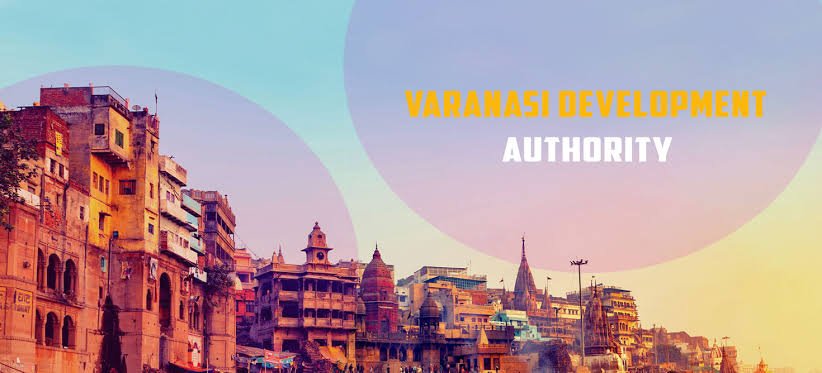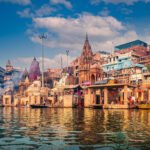Revealing the Development: How Varanasi is Turning Into a Development Model
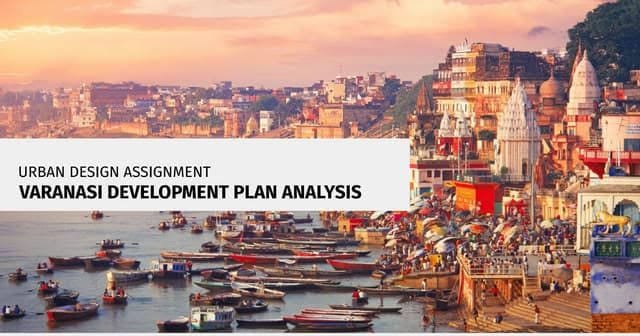
One of the oldest surviving cities in the world and the spiritual center of India, Varanasi, is undergoing a significant metamorphosis. Varanasi has seen tremendous growth in a number of areas under the direction of Prime Minister Narendra Modi, who serves as the representative for the city in his parliamentary constituency. Under the direction of Vice-Chancellor Professor Alok Kumar Rai, Lucknow University recently conducted a study to assess the effects of these initiatives on the city’s citizens and economy. This thorough examination looks at the advancements in industry, infrastructure, tourism, health, and connectivity, among other areas.
Improving Infrastructure and Increasing Connectivity
A key component of Varanasi development strategy has been connectivity. The city, which is renowned for its historic charm and winding streets, now has state-of-the-art infrastructure that skillfully combines its legacy with modern demands.
Highways and Roads
Accessibility has been greatly enhanced by the building of new highways and the enlargement of existing roads. Travel times have decreased, and trade and tourism have increased thanks to the four-lane Varanasi Ring Road and the enlargement of Babatpur Airport Road. Furthermore, the construction of bypass roads has reduced urban congestion and improved traffic flow.
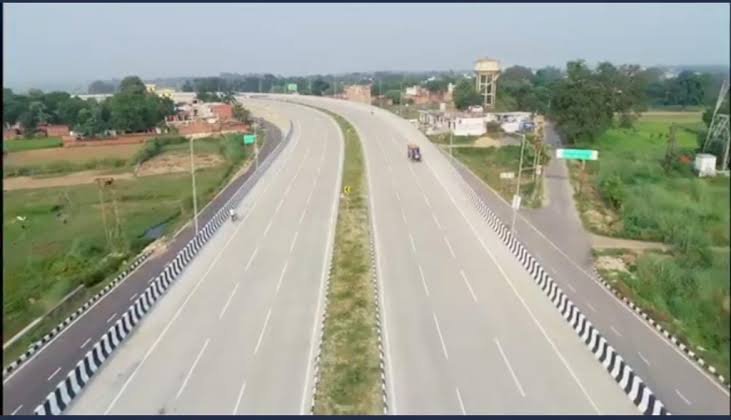
The government has also given internal city road maintenance top priority in order to accommodate the increasing population and the influx of tourists. Vehicle mobility has been further optimized with the advent of intelligent traffic management systems, guaranteeing effectiveness and security.
Air Communication
With larger terminals and improved flight connectivity to both domestic and international locations, Lal Bahadur Shastri International Airport has undergone modernization. Traveling is now easier for locals, business travelers, and tourists thanks to the airport’s increased passenger volume. In order to improve the city’s trading capabilities and establish Varanasi as a commercial hub, plans are in progress to build a dedicated cargo terminal.
Modernization of Railroads
The stations at Varanasi Junction and Manduadih have been renovated with top-notch facilities, improving passenger capacity and experience. These stations now have updated waiting areas, digital information boards, and spotless platforms. Varanasi is now more accessible than ever thanks to new rail projects that connect the city with major metros, including high-speed train corridors. A dedication to sustainability is demonstrated by the incorporation of green initiatives like solar panels and energy-efficient lighting.
Enhancements to Public Transportation
Urban mobility has been enhanced by the installation of environmentally friendly buses and the growth of public transportation systems. There are plans to build a metro rail system, which will lessen reliance on private vehicles and improve connectivity throughout the city.
Promoting Religious Travel: The Corridor of Kashi Vishwanath
The economy of Varanasi has always been significantly influenced by religious tourism. One notable project that has revolutionized pilgrimage experiences is the Kashi Vishwanath Corridor.
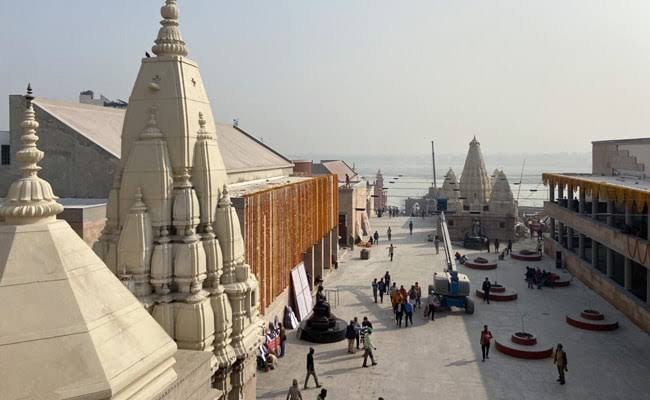
Temple Complex Redevelopment
Devotees have direct access to the corridor that links the Ganges River and Kashi Vishwanath Temple. This large-scale renovation features cultural exhibits, contemporary amenities, and roomy walkways. In order to provide visitors with a smooth experience, the temple complex can now handle larger crowds, particularly during the busiest festival seasons.
Affect on Travel
Millions of tourists and devotees have been drawn to the corridor, which has boosted local companies and created job opportunities. The city’s economy has grown as a result of the thriving hotels, eateries, and stores offering traditional handicrafts. The project’s focus on conserving cultural heritage has also enhanced Varanasi’s standing as a center of culture and spirituality.
Religious Site Infrastructure
The city’s spiritual atmosphere has been improved by the construction of the ghats along the Ganges. The entire visitor experience has been improved by initiatives like the installation of LED lighting and the upkeep of cleanliness. Boat rides on the Ganges continue to be a popular tourist attraction, attracting attention from all over the world, particularly during the Ganga Aarti.
Developments in Healthcare and Medical Infrastructure
Varanasi’s healthcare system has grown at an unprecedented rate, serving not only the city’s citizens but also those of nearby states and nations.

Medical Facilities and Hospitals
Hindu University of Bangalore (BHU): Modernized medical facilities at the university now include research centers, specialized departments, and cutting-edge diagnostic equipment. Because it provides high-quality, reasonably priced care, BHU’s super-specialty hospital now draws patients from all over the region.
Hospital Railway: The Railway Hospital’s ability to effectively serve patients has increased as a result of its modernization. Modern equipment and new wards have made the hospital a dependable healthcare provider.
Private Medical Facilities: Government initiatives have been supplemented by the opening of new private clinics and hospitals, guaranteeing complete access to healthcare.
The Pandemic Reaction
Varanasi’s health infrastructure was essential to the efficient management of cases during the COVID-19 pandemic. The city’s readiness and resiliency were demonstrated by the effective execution of temporary isolation centers, immunization drives, and awareness campaigns.
Medical Travel
Due to its reasonably priced medical services, Varanasi is becoming a popular medical tourism destination for patients from abroad. Combining cutting-edge medical treatment with spiritual renewal results in a special offering for tourists from around the world.
Reviving Conventional Sectors and Fostering Economic Development
Government initiatives have given Varanasi’s traditional industries, like Banarasi silk weaving, a new lease on life.
Banarasi Silk Support
Weavers have benefited from financial and technological assistance, which has preserved this age-old craft and increased exports. Programs for skill development have given artisans more authority and ensured the sustainability of their trade. E-commerce sites have also been used to reach a wider audience by bringing together local weavers and buyers from around the world.

Dairy Plant Amul
The construction of an Amul dairy plant has bolstered the dairy industry by giving farmers steady incomes and generating employment opportunities. The local dairy industry is now more competitive thanks to the plant’s emphasis on quality and innovation.
Cottage Sectors
The city’s economy has become more diverse as a result of initiatives to revive cottage and rural industries, such as the wooden toy sector. Entrepreneurship has been promoted by training programs and financial rewards, which have created an innovative and independent culture.
The Startup Environment
Varanasi’s thriving startup scene has further supported the city’s economic expansion. Young entrepreneurs have been able to realize their ideas thanks to funding support and incubators, which has added to the vibrancy of the city.
Whole-System Urban Planning: An Ecological Method
Varanasi’s urban planning ensures long-term benefits for its citizens by fusing sustainable practices with contemporary amenities.
Initiatives for Smart Cities
Traffic Management: Smart traffic systems, especially in high-density areas, have improved safety and decreased congestion.
- Energy Efficiency: The extensive use of solar panels and LED streetlights has reduced energy consumption, in line with environmental objectives.
Digital Connectivity: Smart kiosks and free Wi-Fi areas have improved digital access, enabling locals and guests.
The Ganga Mission is clean.
The Ganges River has been successfully revitalized by the Namami Gange project, which has improved the ecological balance and water quality. In addition to promoting sustainable tourism, sewage treatment facilities and riverfront development initiatives have restored the river’s sanctity.
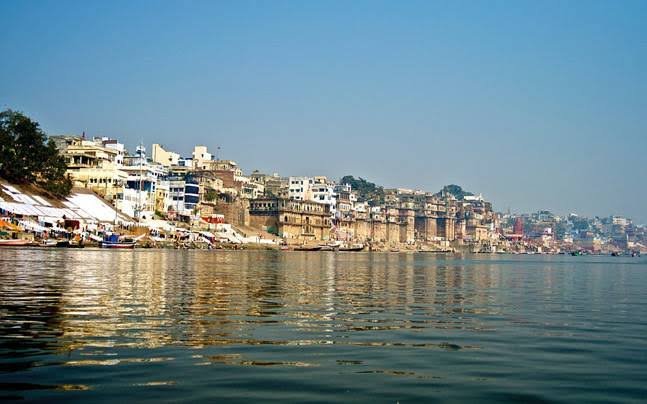
Management of Waste
Systems for integrated waste management have been put in place to deal with the problems caused by urbanization. The city’s cleanliness and environmental health have improved as a result of recycling programs, public awareness campaigns, and source segregation.
Development of Culture and Education
Advances in education and cultural preservation are essential to Varanasi’s development.
Events and Festivals of Culture
International recognition has helped festivals like Dev Deepawali and Ganga Mahotsav draw tourists and promote regional customs. In addition to honoring the city’s history, these gatherings boost associated industries and attract sizable crowds, which benefits the local economy.
Collaboration in Academics
The study by Lucknow University sheds light on Varanasi’s growth, encouraging collaborations between academia and business and providing motivation for upcoming initiatives. Students studying economics, business, and management will be assigned research topics that will give them a deeper understanding of the socioeconomic transformation of the city.
Programs for Skill Development
Numerous programs for skill development have been started in an effort to give young people employable skills. In order to promote inclusive growth, these programs concentrate on industries like technology, healthcare, and traditional crafts.
Initial Results of the Study at Lucknow University
The study’s first phase, which included faculty visits from different departments, divided development into four primary categories:
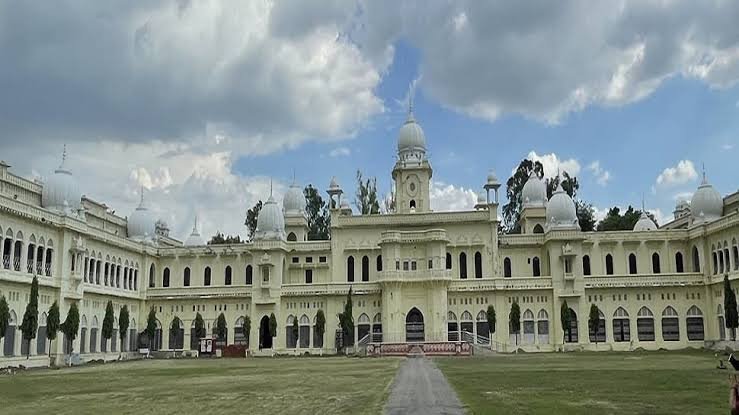
- Improving infrastructure and connectivity.
- Encouraging pilgrimage.
- Improving medical and health facilities.
- Aiding economic and industrial endeavors.
Important Points to Note
Increased connectivity between Varanasi and other regions of India is a result of improved infrastructure.
The city’s economy has recovered thanks to religious initiatives like the Kashi Vishwanath Corridor.
Investments in industry and healthcare have improved employment and quality of life in a domino effect.
Society Impact
The living conditions of Varanasi’s citizens have significantly improved, according to the study. Prosperity has spread throughout the socioeconomic landscape as a result of improved access to healthcare, education, and work opportunities.
Prospects for Varanasi’s Development in the Future
The advancements in Varanasi establish a standard for India’s urban growth. Future projects are expected to build on this momentum.
Projects Suggested
- Metro Rail: By cutting down on travel time and environmental impact, the proposed metro system will transform urban mobility.
- IT Parks: By attracting technology companies, IT parks will diversify the economy and create high-skilled jobs.
The needs of the expanding population will be met by affordable housing projects that incorporate smart features.
Difficulties and Solutions
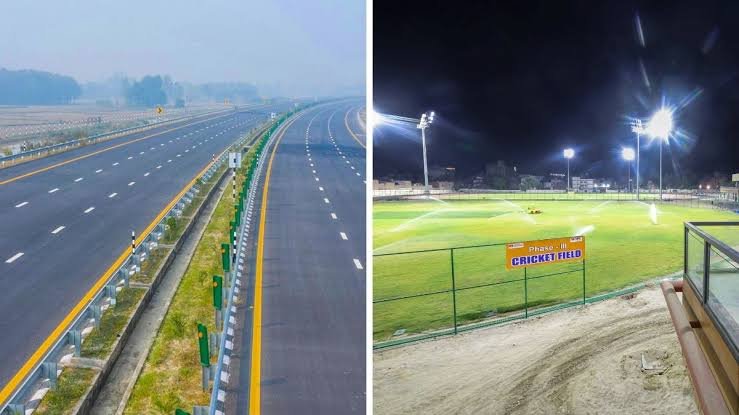
It’s still difficult to strike a balance between urbanization and heritage preservation. To achieve sustainable development, cooperation between local communities, academia, and the government is crucial. Future projects will be successful if there is openness in how they are carried out and active citizen participation.

